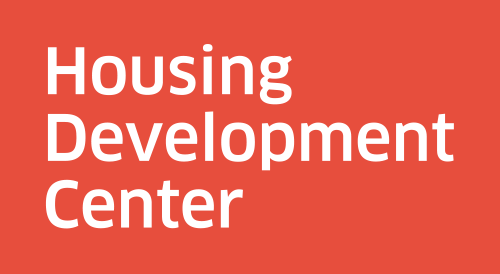Message from Traci: Let's work together to see homelessness for what it is, and to end it.
Dear friends,
The California Statewide Study of People Experiencing Homelessness (CASPEH), released in June by the University of California, San Francisco (UCSF) Benioff Homelessness and Housing Initiative, is massive in scope. Researchers gathered 3,200 survey responses and conducted 365 in-depth interviews with homeless Californians to understand who they are, what led them to live on the street, and what obstacles they face to regaining housing. Half the nation’s unsheltered population live in California, and the study contains some of the best data we have about homelessness as it is experienced today.
“CASPEH presents strong evidence of a basic truth we already knew about homelessness as it has long existed across the U.S.: It is a symptom of large-scale social failures. ”
The ninety-six-page report shows that homelessness disproportionately impacts people who are poor, Black, brown, and living with disabilities. It is worst in areas where housing prices are highest and/or social safety nets are weakest. For individuals, precipitating events include everything from job loss to pregnancy, incarceration, and wildfires—plus, in all cases, financial or other obstacles to signing a lease. Once homeless, people face stresses and traumas that fuel spirals of worsening illness and social disconnection. Authors present expert theories that explain homelessness as a phenomenon caused by a complex interaction of individual vulnerabilities and rigidly “unfavorable” structural conditions.
While drawing a fresh, detailed, and sometimes surprising portrait of homelessness as it exists in California today, CASPEH also presents strong evidence of a basic truth we already knew about homelessness as it has long existed across the U.S.: It is a symptom of large-scale social failures. When we allow the costs of these failures to fall on those least able to pay, the impacts are devastating—and they have rippling and spiraling effects on individuals and communities.
“We see the ripple effects from our vantage point as affordable housing consultants. Among those impacted are not just burnt-out social service workers, their stranded clients, and the many who can’t access services at all, but also nonprofit landlords.”
A small piece of this pattern shows up in the under-resourcing of social services, including behavioral health care, in Oregon. At HDC, we see the ripple effects from our vantage point as affordable housing consultants. Among those impacted are not just burnt-out social service workers, their stranded clients, and the many who can’t access services at all, but also nonprofit landlords. When lack of access to services leads to higher levels of unmanaged mental health and drug problems among housing residents, properties fail, and entire housing operations are compromised.
Our failing system won’t heal without structural changes. At the same time, to address the immediate crisis on our streets and its ripple effects, we need to build a bigger, stronger social safety net. For insights on what policy strategies to prioritize, it’s worth looking at CASPEH’s recommendations. The first three of six: increase access to deeply affordable housing; expand targeted homeless prevention (such as financial and legal assistance in social service settings and navigation assistance at institutional exits); and provide robust behavioral health supports (including, specifically, appropriately staffing these supports in permanent supportive housing).
“To address the immediate crisis on our streets and its ripple effects, we need to build a bigger, stronger social safety net.”
As we continue to deliberate over, advocate for, and carry out the right strategies to address homelessness in Oregon, let’s keep sight of the root causes of homelessness and aim high. We can build on our successes, like the fact that increased investments are enabling Oregon communities to successfully transition thousands of homeless residents to permanent housing each year and preventing thousands more from being evicted. At the same time, we must loudly acknowledge the reality that encampments are filling with newly homeless families and individuals every day—and imagine what it would look like to stop the flow.
Whether we work on the forefront or the fringes of addressing homelessness, let’s also remind each other that to address a problem this massive and complex, each of us needs help seeing the parts outside our view. Lifting up the voices of marginalized communities and those disproportionately impacted by homelessness, including people of color, elderly people, and pregnant mothers, is essential. Let’s keep working together, across disciplines, cultural perspectives, and experiences, to understand the truths about homelessness and bring it to an end.
With warm regards,

